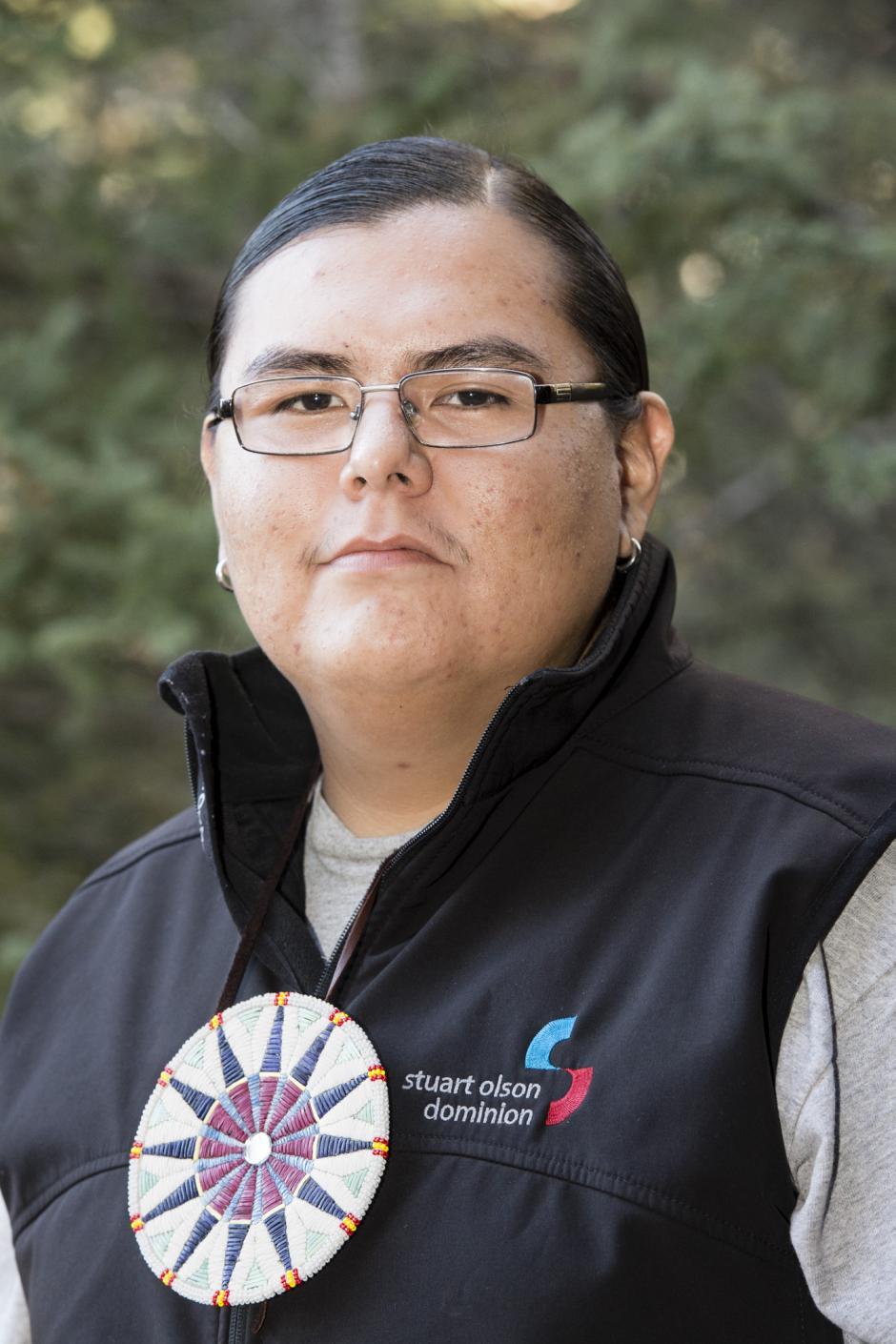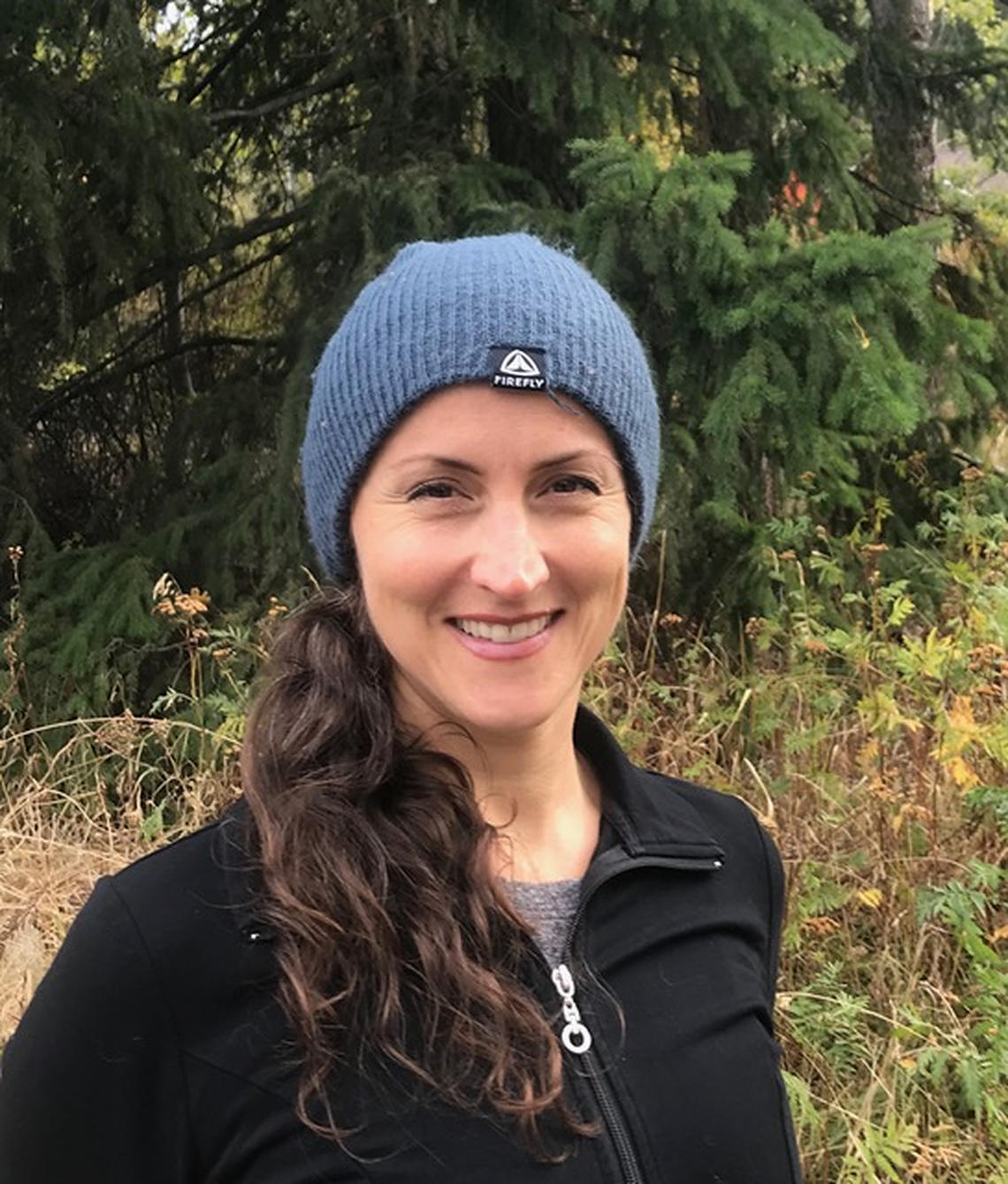June 3, 2022
What We Are Learning This Week with Daryl Kootenay and Dr. Adela Kincaid!

June 6, 2022 in INDG 312 Cultural Immersion Field Course
We will be learning from the land by doing, observing, and reflecting and through working with deer hides while supported by traditional teachings. The course will be taught by a Iyarhe-Nakoda community member, Daryl Kootenay, who will guide us through various traditional and contemporary activities rooted in land-based learning and teaching approaches. As an internationally recognized Indigenous leader, Daryl’s practices are informed by Indigenous cultural values and teachings.

Can you tell us a little more about this topic?
The course is centred around land-based learning that focuses on the making of a parfleche where students learn by doing and where the land is the teacher. Daryl leads the course through wise practices and strength-based approaches. Students will engage in hide scraping in preparation for creating their parfleches coupled with Daryl’s and Elder teachings. The class will also participate in land-based reflection exercises centred around the hands-on creation of a parfleche embedded in traditional teachings that weave feeling, language, meditative listening and deep listening exercises and healing into the process.
What else do you cover in your course?
I [Dr. Adela Kincaid] am honoured and excited to co-create this course with Daryl for the International Indigenous Studies program. We hope to offer the same course again next spring/summer semester. Students will spend much of the course outside working from the Teepee kindly provided and raised by the Office of Indigenous Engagement and from Daryl’s canvas tent. Daryl will also share stories from the Iyarhe Nakoda perspective about the past, present, and future of the Bow Valley.

How did you come to develop this course?
I appreciate the approach to the course because it provided an opportunity for me to work in partnership with a community member. Daryl Kootenay is a locally and internationally respected Iyarhe Nakoda leader who regularly works with youth and has successfully guided and developed youth-centred projects and initiatives for Stoney-Nakoda and neighbouring communities. International Indigenous Studies is grateful to be able to co-create such authentic learning opportunities for students directly with local Indigenous communities.
On the practical side, with Daryl’s guidance, I have been gathering material for the course that I hope will further connect students to the making of their parfleches. Various brass beads and beautifully coloured horse hair includes purple, yellow and natural brown hair. Daryl shared that horse hair that is sold by some local Indigenous retailers comes from wild horses that is collected to diminish their hair becoming too tangled.
